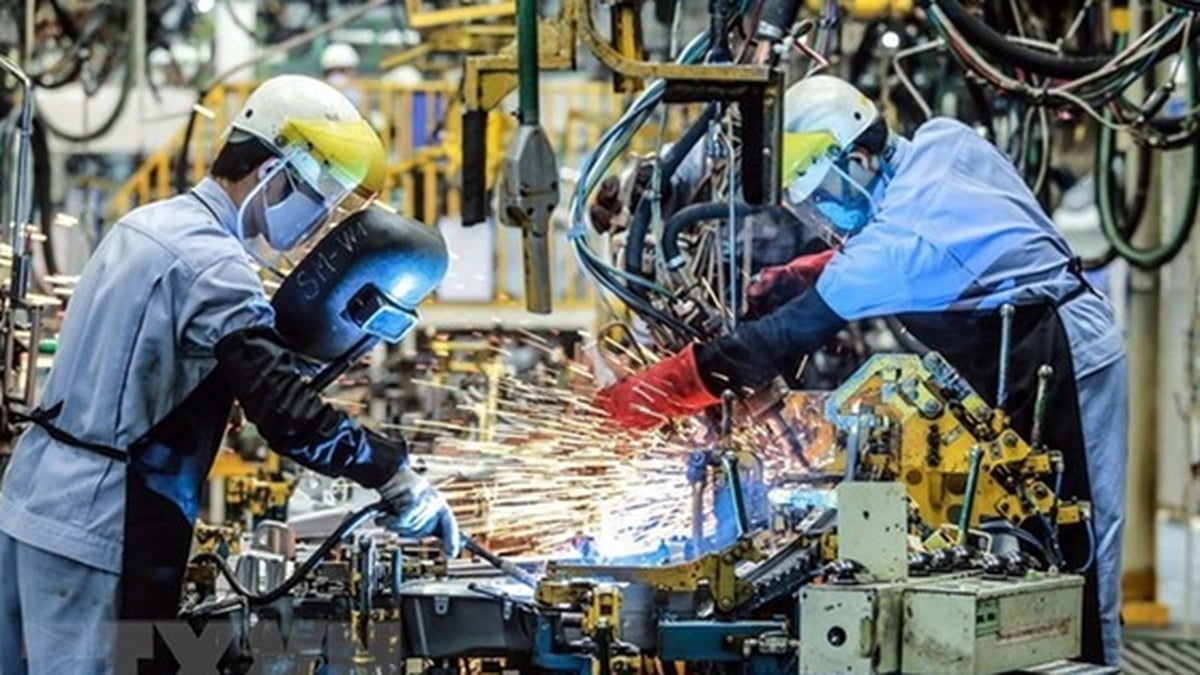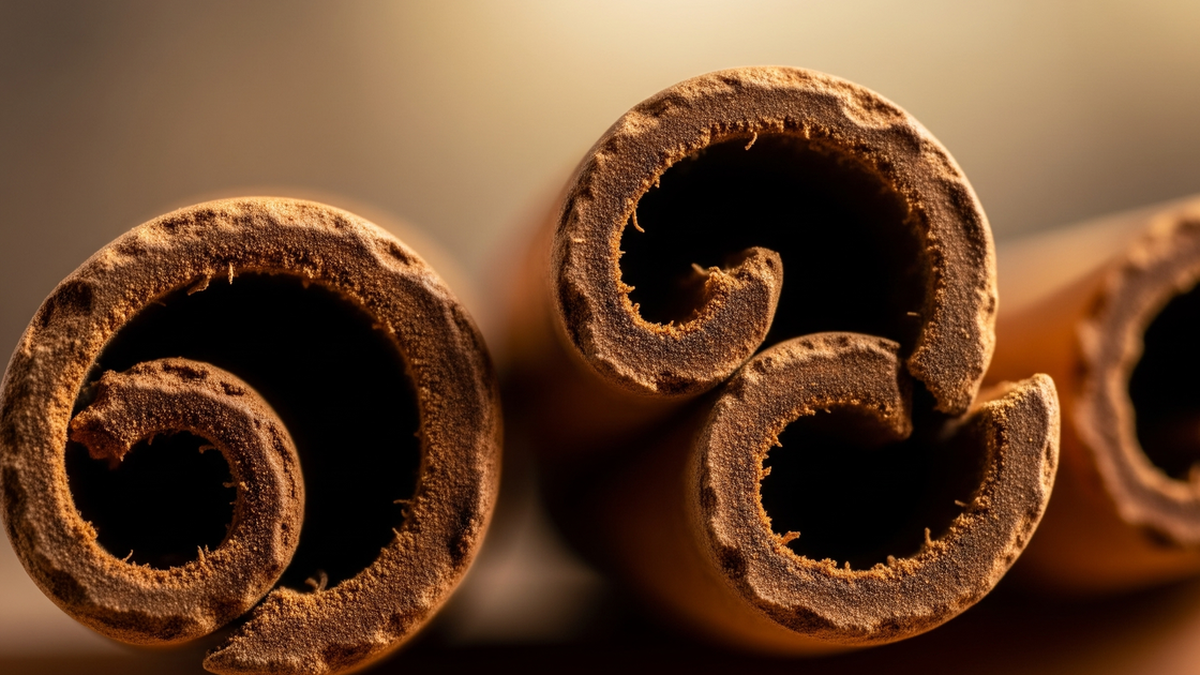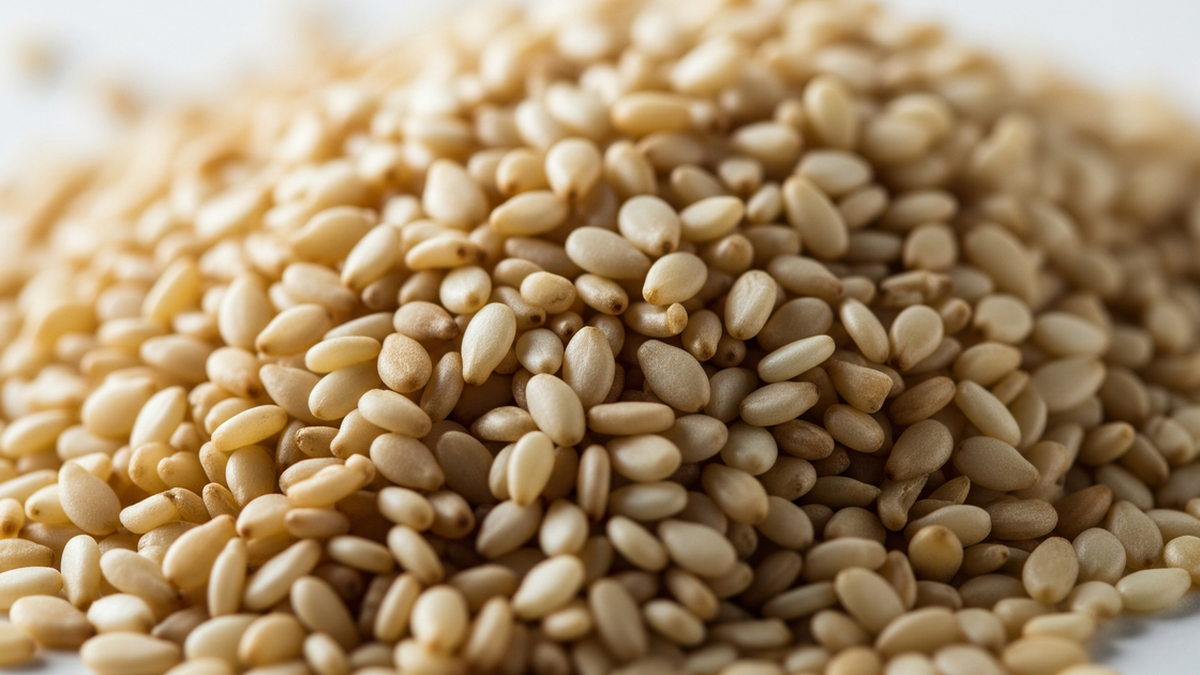It is a very hot season, but after harvesting winter-spring rice, the dry straw is rolled up and transported home by machine. Many people still have the habit of burning the remaining straw in the fields, causing the risk of spreading fire, which is very dangerous.
Burning straw is burning money
In the fields from Chi Thanh to An Nghiep, An Dinh (Tuy An district), many fields after harvest were burnt black because people burned the remaining straw. According to the reporter's observation, in the small field in An Nghiep commune, 8 out of 10 fields were burned. This situation not only pollutes the environment but also poses a risk of fire spreading, making it unsafe for residential areas.
Mr. Phan Van Tien in An Dinh commune said: After harvesting the winter-spring rice crop, due to the short transition time to the summer-autumn crop, after selling or transferring the rolled straw home, people often burn the remaining crushed straw in the field instead of plowing it. The past few days have been very hot, someone burned the straw and it spread to the bamboo grove near the residential area, luckily it was discovered early and the fire was put out in time. In hot weather, straw catches fire very easily, so burning the field like this is very dangerous.
Similarly, in the fields of Hoa An and Hoa Thang (Phu Hoa district), the burning of fields is also quite common. There are cases of burning dry straw spreading to the elephant grass and unharvested rice fields. “In the past few days, around 4-5 pm, I saw smoke from burning fields on Highway 25. It is not only in Phu Hoa but also in Tay Hoa,” said Mr. Phan Van Hung in Tuy Hoa city.
According to calculations by experts in the agricultural sector, 1 ton of straw contains about 7kg of nitrogen, 1.2kg of phosphorus, 20kg of potassium, 40kg of silicon and 400kg of carbon. Therefore, burning straw means throwing away a quantity of fertilizer and nutrients necessary for crops. In other words, burning straw is burning money.
According to experts, the collection of straw for processing into fertilizer is still very limited. Many farmers are still used to burning fields to clear the land for the next crop. This is not only wasteful but also pollutes the environment due to dust and smoke. Therefore, it is necessary to regularly propagate to gradually change people's awareness and habits.
According to the Center for Research and Transfer of Agricultural Technology Advances (Southern Institute of Agricultural Science and Technology), the straw processing process follows three directions: First, good straw collected in the fields will be processed to make animal feed.
Second, the straw is processed to grow straw mushrooms and the by-products from growing straw mushrooms will be further processed to make organic fertilizer. Third, if the straw is wet or rotten during the collection process and cannot be processed to make straw mushrooms or animal feed, it will be processed to make organic fertilizer to be applied back to the fields, helping to increase the fertility of the fields.
Reserve stubble as feed for cattle
The fields in Tuy An and Dong Xuan are irrigated from water sources of lakes and small dams, not located in the Dong Cam Irrigation System. Farmers are worried about the upcoming drought and lack of irrigation water, reducing production area, so many people take advantage of the opportunity to go to the fields to cut stubble, dry it, and store it as food for cattle, racing against the burning of fields.
| According to experts, the collection of straw for processing into fertilizer is still very limited, and many farmers still have the habit of burning fields to clear the land for the next crop. This not only causes waste but also pollutes the environment due to dust and smoke. |
Mr. Nguyen Van Dung in Xuan Quang 3 commune, Dong Xuan district, and his son went to the field in front of their house to cut stubble and shared: “My family harvested 1 sao of rice field, the machine can wrap 12 rolls of dry straw. Currently, cows are kept in barns all year round, so we have to prepare enough food for them.”
Next to him, Mr. Phan Thanh Vinh was putting straw into a bag and said: The weather has been hot these past few days, so I took the opportunity to go to the field early in the morning to rake the straw. By 9 o'clock, the hot sun had filled two sacks. My family raises four cows but only has two acres of rice fields. Afraid of running out of straw, I took the opportunity to cut the straw and dry it, saving it for the cows to eat with the grass they grow.
Mrs. Bui Thi Hong in An Dinh commune, Tuy An district, is drying straw in a newly harvested rice field. She said: My family has 2 sao of rice field. Before, after harvesting, we brought the straw home to pile up and store. Now, we dry it, hire a rolling machine, and bring it home to store in the straw house. Usually, after harvesting, the machine can roll 24 straw rolls, which is not enough for 4 cows to eat for 6 months.
Meanwhile, one of the two fields is far from the water source. If the drought continues, there will not be enough water for summer-autumn crop production and not enough straw for the cows to eat. I asked around to buy straw to store, but no one sold it because almost every household in this area raises cows. It is the time of hot weather, and the elephant grass planted in the fields is dying, so the optimal solution is to take the trouble to cut the stubble and store it for the cows to eat. However, many fields have been burned black before they can be cut.
MANH LE TRAM
Source




















































![[Maritime News] More than 80% of global container shipping capacity is in the hands of MSC and major shipping alliances](https://vphoto.vietnam.vn/thumb/402x226/vietnam/resource/IMAGE/2025/7/16/6b4d586c984b4cbf8c5680352b9eaeb0)












































Comment (0)